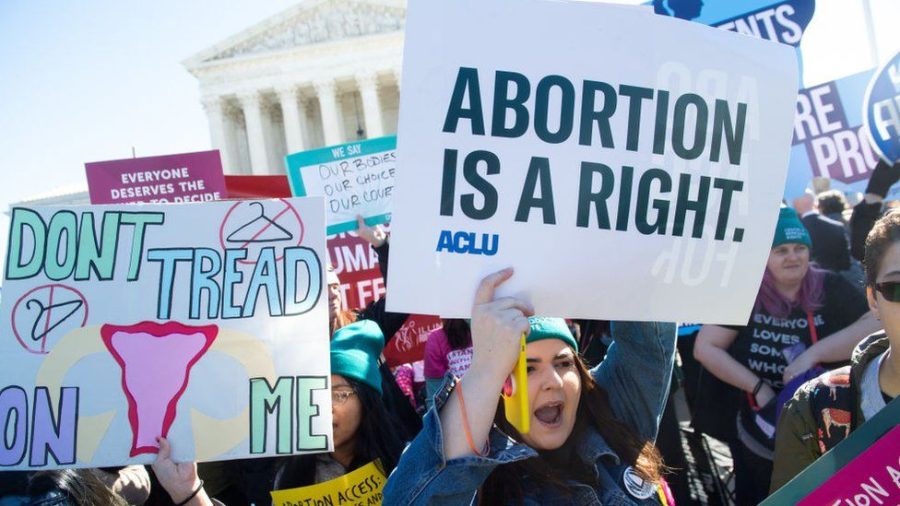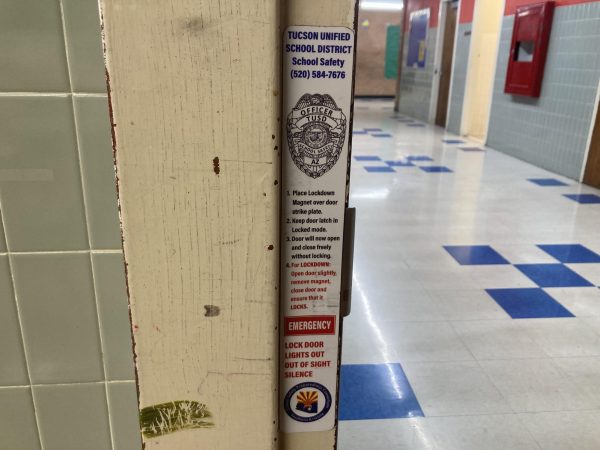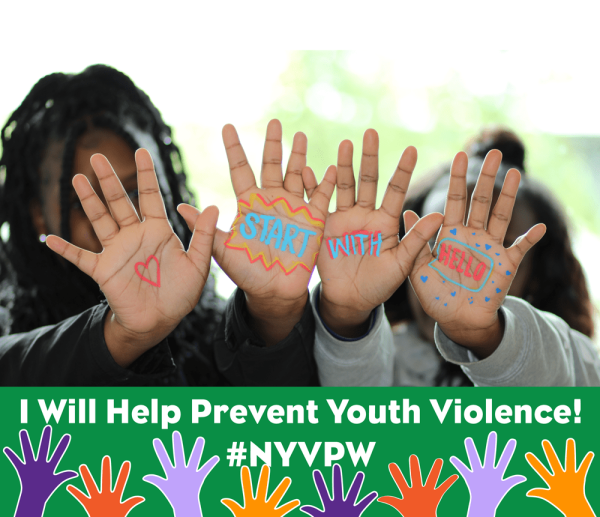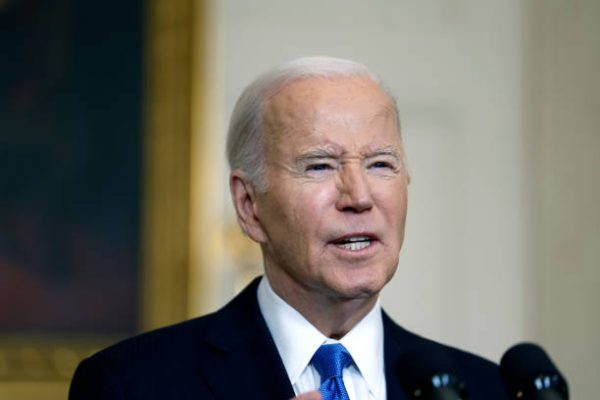Pro-Choice P.O.V. of Abortion in the U.S.
April 7, 2022
The United States has procured many restrictions against abortion in 2021. The legal context that supports these laws is exceptionally feeble.
S.B. 8 is a state bill that bans all abortions after six weeks, while it takes about two to three weeks after sex for pregnancy to occur. Fragment: At about the eleventh week of pregnancy, the embryo is considered a fetus according to Medicine Net. Abortion is a common medical procedure, and to those who use religion as a defense, the first amendment to the U.S. Constitution says, “Congress shall make no law respecting an establishment of religion, or prohibiting the free exercise thereof” as claimed by the Guttmacher Institute. The abortion rate per 1,000 women between the ages 15 and 44 decreased by 20 percent from 16.9 in 2011 to 13.5 in 2017.
Some states’ restrictions are harmful to Black, Indigenous, and Latino populations. The majority of these people are young, low-income, immigrants, disabled, LGBTQ, and those living in rural areas. It’s not just laws causing the restrictions against this procedure. Facilities that provide this essential health care have either stopped or been shut down. How can people have the freedom to control themselves, their lives, and the future that is soon to come? It’s already unfair that they are held back by legal and systematic barriers that make abortion care not possible.
During the Covid pandemic, nearly every state introduced bills that threaten access to abortions. 2021 was the most disastrous legislative period for abortions, with a total of 561 being introduced as of June 2021. 97 of those bills were passed as laws as of August. These laws that were enacted make abortion care unreachable. Coverage restrictions limited public or private insurances to help those needing funds for abortion. Gestational bans determine if abortion is allowed up to a certain point during pregnancy. Unneeded medical requirements, such as waiting periods or counseling just put more burdens on those who need to abort. Method bans don’t allow certain ways to do abortion. Parental involvement laws require consent, or judicial involvement from your guardian to allow minors to abort. Targeted restrictions towards healthcare providers are designed to make them stop providing abortion care according to CAP.
The COVID-19 pandemic expressed the significance of telehealth. It promised and expanded access to healthcare. As well as medication abortion to give safe options for those looking for different methods. Many states allowed access to telehealth, while some kept abortion from their expansions, then placed more restrictions on medication abortion. Out of all the up-and-coming restrictions, twelve were towards abortion, such as close total bans, trigger bans, gestational bans, and reason bans.
We cannot rely on courts to ensure our protection towards abortion, and the need to take-charge is necessary to stop the ill-use of these state laws to help expand access to abortion care. Through these unnecessary bans and restrictions, some states have taken a significant path to advance legislation that protects and expands access to abortion care. For the most part the continued state-level legislative efforts this year to take away abortion rights and the overbearing amount of threats in the courts make it known to have a driven abortion agenda at the federal and state level. To get past the judiciary and promises access to abortion care for all. Through these attacks it shows the need for federal legislation. The Women’s Health Protection Act, prevents restrictive laws and make abortion rights free from government interference. Legislators and administrations have the ability to, or should have already acted upon this to protect abortion access. To also promise, no matter what happens in the courts, access to abortion is not dependent on where a person lives, their income, or their identity.



















